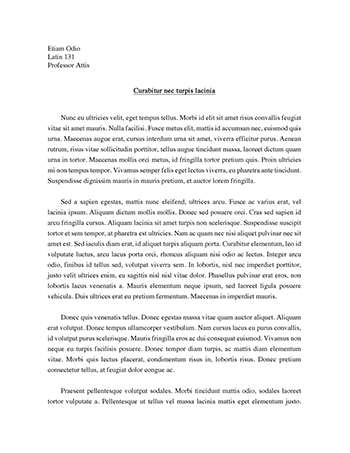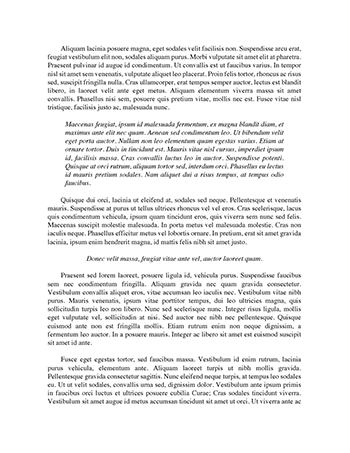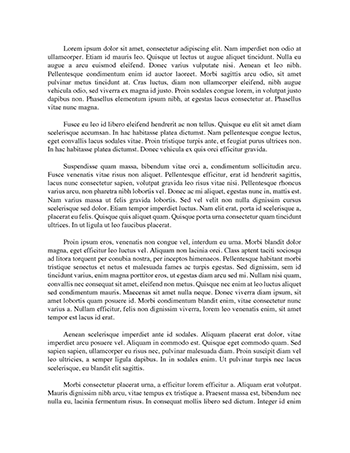
Advances In Military Medicine Essay
In this article I will be discussing three different types of advances in medicine that the United States Military are currently working on. Most of the major medical advances in the civilian sector were, at one time, being used and tried first in military applications. I will be discussing Bone Cement for Traumatic Wound Repair (Drummond, 2010). ‘Suspended Animation’ to stop blood Loss, prevent brain damage. (Drummond, 2010). Finally, Type-O Blood, in endless supply. (Drummond, 2010). Bone Cement, an injectable compound, is in development at the University of Pittsburgh. This compound can be used to repair damaged bone or spur bone growth (Drummond, 2010). Other applications could include quickly healing fractures, preventing amputations, replacing metal plates, and even re-growing portions of the human skull (Drummond, 2010).
Imagine being able to stop blood loss, or prolong the golden hour thanks to a sort of Suspended Animation. The applications could be endless. In 2005, Pentagon-funded biochemist Mark Roth figured out how to turn mice into the semi-undead (Drummond, 2010). Roth achieved this by using a dose of hydrogen sulfide which stopped breathing, turned off brain function, and shut down the heart. Now Researchers at Texas A&M, with funding from DARPA are attempting a similar procedure on pigs using a different procedure. While Roth is onto a new way to induce this Suspended Animation by: Combining oxygen deprivation with induced hypothermia, to both prevent


